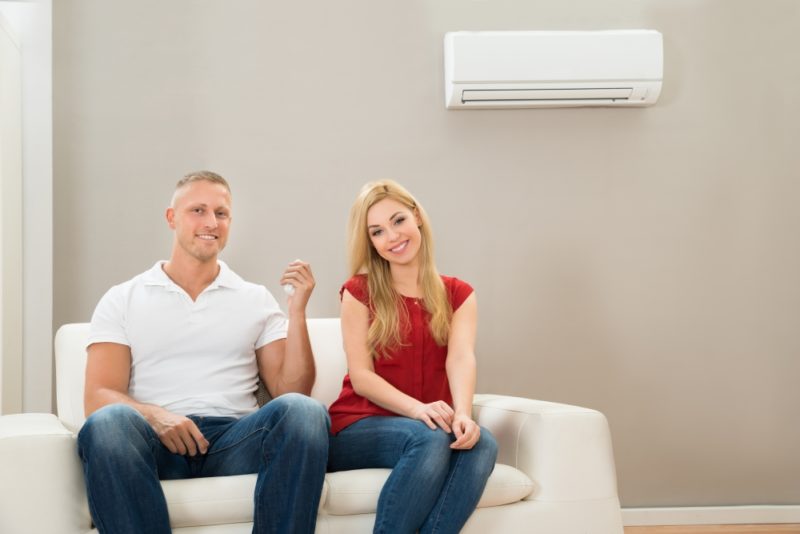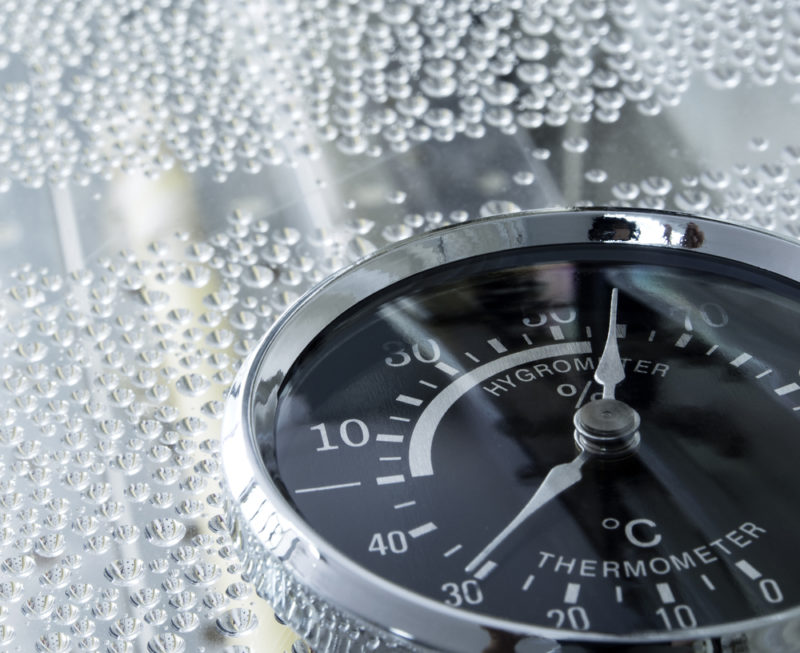
by GroupM7 | May 25, 2019 | Articles
A Guide to Ductless Mini-Split HVAC Systems May 25, 2019 Ductless mini-split systems have been around for a while, but they’ve changed significantly since their invention. Modern ductless mini-split systems are sleeker and more effective than their predecessors....

by GroupM7 | May 22, 2019 | Blog
What Does REME technology mean for Longview TX? Feb 3, 2012 The refrigerant is one of the most vital parts of the HVAC system in your Overton, Texas, home. In the coming months, there will be some major changes to refrigerants. R-22, once the most common refrigerant,...

by GroupM7 | May 17, 2019 | Blog
What Does REME technology mean for Longview TX? Feb 3, 2012 Keeping the humidity in your Kilgore, Texas, home balanced helps maintain a healthy indoor air quality. Too little humidity can lead to dry, itchy skin, while too much can lead to allergy-like symptoms and...




